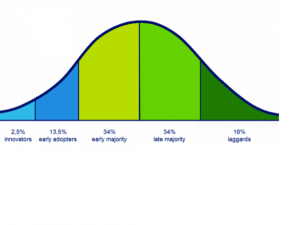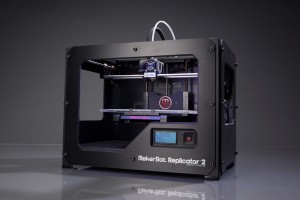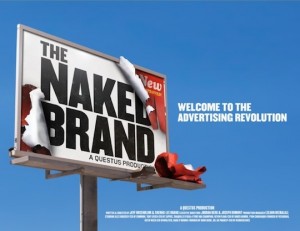Do you know what a 3D printing is? Frankly, I didn’t until I read an article about how biomedical researchers managed to create a mini liver that lasted up to 40 days. I think that’s pretty spectacular! Imagine how many lives a 3D printer could save.
But first, let’s take a step back and understand what and how 3D printing works. First off, 3D printing is a type of technology that allows you to create an object.
Watch here to see how 3D printing works.
It’s pretty cool, however, I don’t think that consumers are ready for 3D printing. 3D printing has been around for decades, but it is still in the early adopters stage. It has made its mark at the industrial, large corporation, and business levels by providing services to consumers. For example, UPS is testing their service of offering 3D printing at stores while Shapeways has created a business of 3D printing. However, the technology is still to new as consumer curiosity is just starting.
Due to this growth of curiosity, 3D printing sees an opportunity to enlarge its market size by attracting average consumers. Though the obstacle that they will have to overcome is how it will directly integrate into a consumer’s life. Currently, companies like MakerBot, sell affordable household printers for consumers at around $1000.
However, the catch is that the average consumer printers can only manufacture objects made out of plastic. They cannot create objects that are made up of multiple types of material, which are the majority of consumer products. Therefore, I think that 3D printing is not ready for average consumers as it does not offer:
- Relative advantage
- Simplicity
- Compatibility



